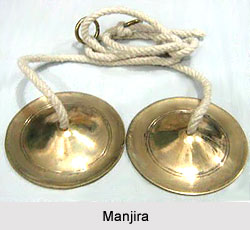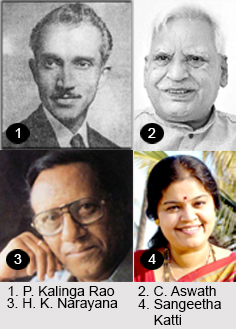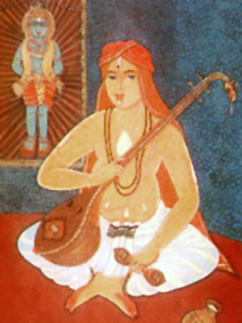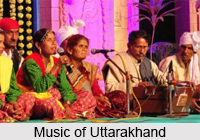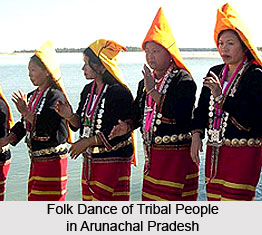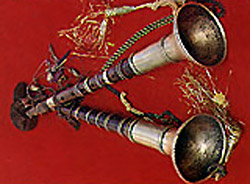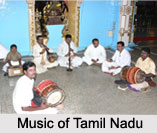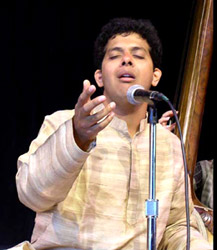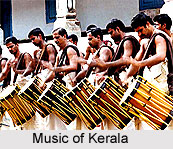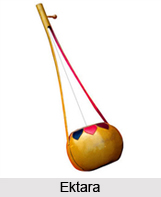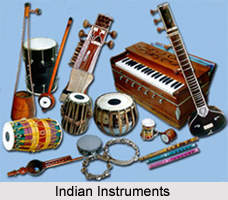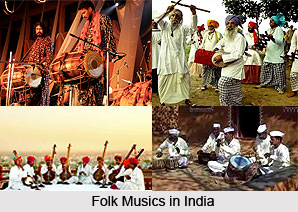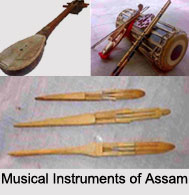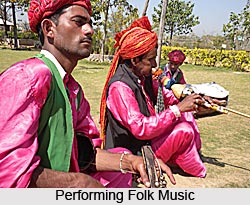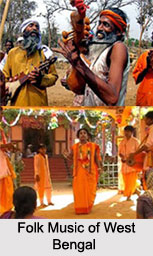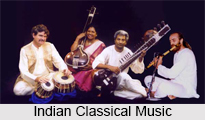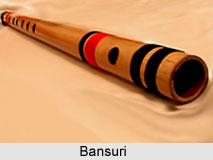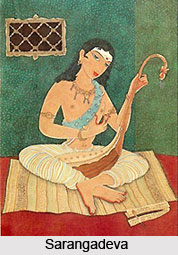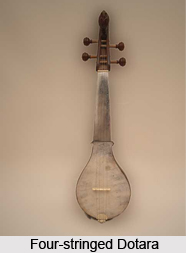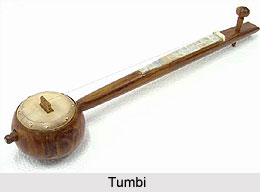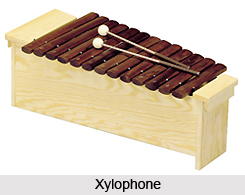 Dhuliya can be described in ceremonial contexts in Assam, either an expert professional drummer or a band that includes not only the drummers but also the cymbalist and often the fifer, providing auspicious music for rituals and social occasions. In upper Eastern Assam master drummers i.e. Oja Dhuliya, with the help of one or more assistants, shows their wizardry on the instrument and also sing narrative songs. A legendary Oja Dhuliya of recent times, Maghai Oja, earned national and international fame. In lower or western Assam there are Dhuliya troupes with various designations, such as Bar or `big` Dhuliya, Dhepa or `flat` Dhuliya, and Jai i.e. `victory` Dhuliya. These designations are given depending on the type of dhol and the nature of performance.
Dhuliya can be described in ceremonial contexts in Assam, either an expert professional drummer or a band that includes not only the drummers but also the cymbalist and often the fifer, providing auspicious music for rituals and social occasions. In upper Eastern Assam master drummers i.e. Oja Dhuliya, with the help of one or more assistants, shows their wizardry on the instrument and also sing narrative songs. A legendary Oja Dhuliya of recent times, Maghai Oja, earned national and international fame. In lower or western Assam there are Dhuliya troupes with various designations, such as Bar or `big` Dhuliya, Dhepa or `flat` Dhuliya, and Jai i.e. `victory` Dhuliya. These designations are given depending on the type of dhol and the nature of performance.
In the context of Assamese theatre, Dhuliya is associated with a peculiar institution of lower Assam, particularly of the Kamrup region, which combines three different kinds of performance within its ambit. The varieties can be mentioned as an elaborate system of drumming accompanied by songs and dance-like movements; peculiar acrobatic feats, which call for great skill and courage; and short skits or called, sang replete with humour, clowning, and horseplay. Many of these plays, though rather crude and often verging on the bawdy, contain heavy doses of social criticism or contemporary social messages. Normally there is no written text. Action and dialogue are presented more or less impromptu on the basis of an oral scenario devised and agreed upon by the performers, the bulk of the responsibility shouldered by a veteran humorist-actor. Nowadays some troupes rely heavily on scripts written for them by specialist playwrights. Masks and crude stage props are freely used. Although the form has undergone various changes over the years, the changes being more striking in recent times, as an institution it has been a very popular and powerful means of mass entertainment in rural Assam for several centuries.
